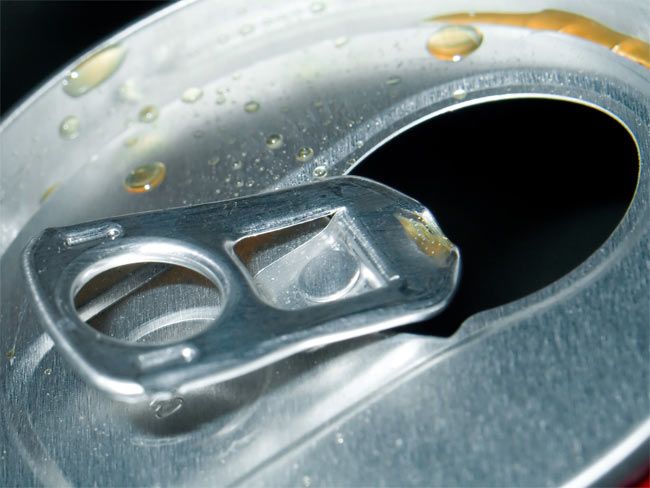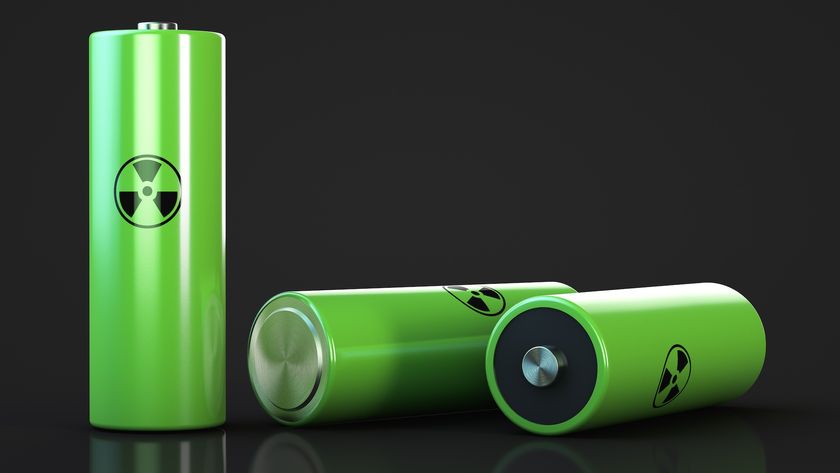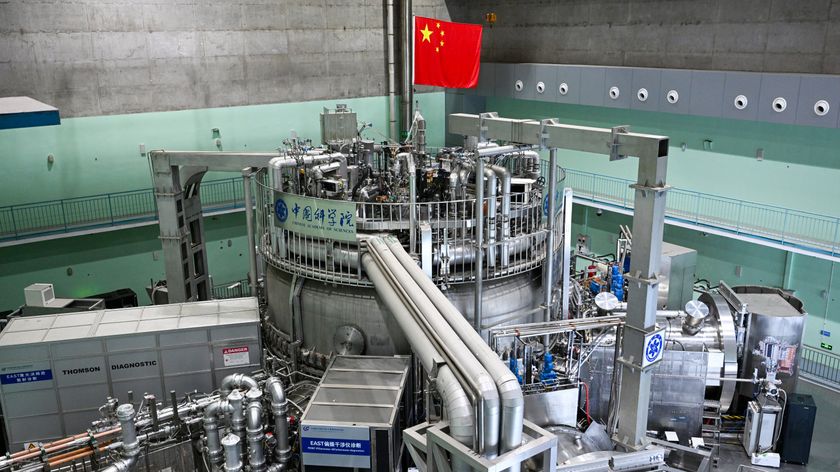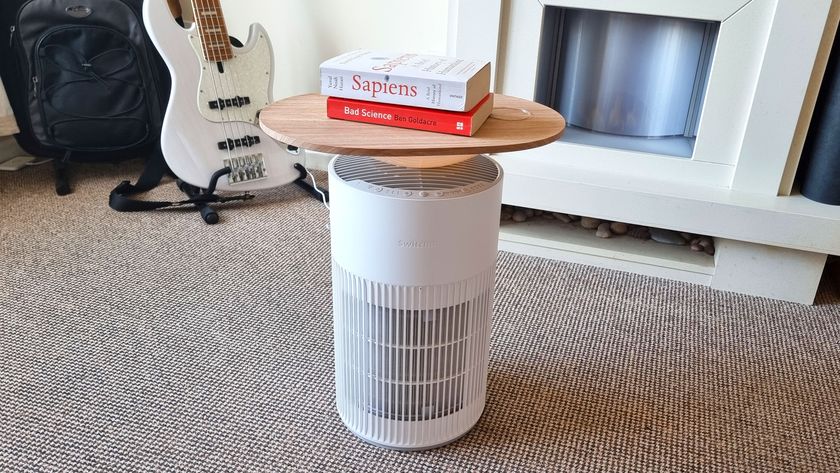Houses of the Future Could Be Made from Trash

Last year’s trash could become next year’s model home, thanks to the invention of a new type of construction material made entirely from waste products.
“Bitublocks,” created by engineer John Forth of the University of Leeds in England, are composed of recycled glass, sewage sludge, incinerator ash, the by-products of metal purification and pulverized fuel ash from power stations.
“Bitublocks use up to 100 percent waste materials and avoid sending them to landfill, which is quite unheard of in the building industry,” Forth said.
Forth hopes his new invention will revolutionize the building industry by providing a sustainable, low-energy replacement for concrete blocks.
“Less energy is required to manufacture the Bitublock than a traditional concrete block, and it’s about six times as strong, so it’s quite a high-performance product,” Forth said.
Bitumen, a sticky substance used in paving roads, binds the waste products together before they are compacted in a mold to for a solid block. The block is then heat-cured , which causes the bitument to harden like concrete.
Using bitumen means a higher proportion of waste products can be used in the blocks than if cement or clay were used to bind the materials. These blocks could put to use millions of pounds of crushed glass and incinerator ash.
Sign up for the Live Science daily newsletter now
Get the world’s most fascinating discoveries delivered straight to your inbox.
Plans also are now under way to develop a “Vegeblock” using waste vegetable oil.
- Top 10 Emerging Environmental Technologies
- Waste Not: Energy from Garbage and Sewage
- Chinese to Turn Panda Poop into Paper













